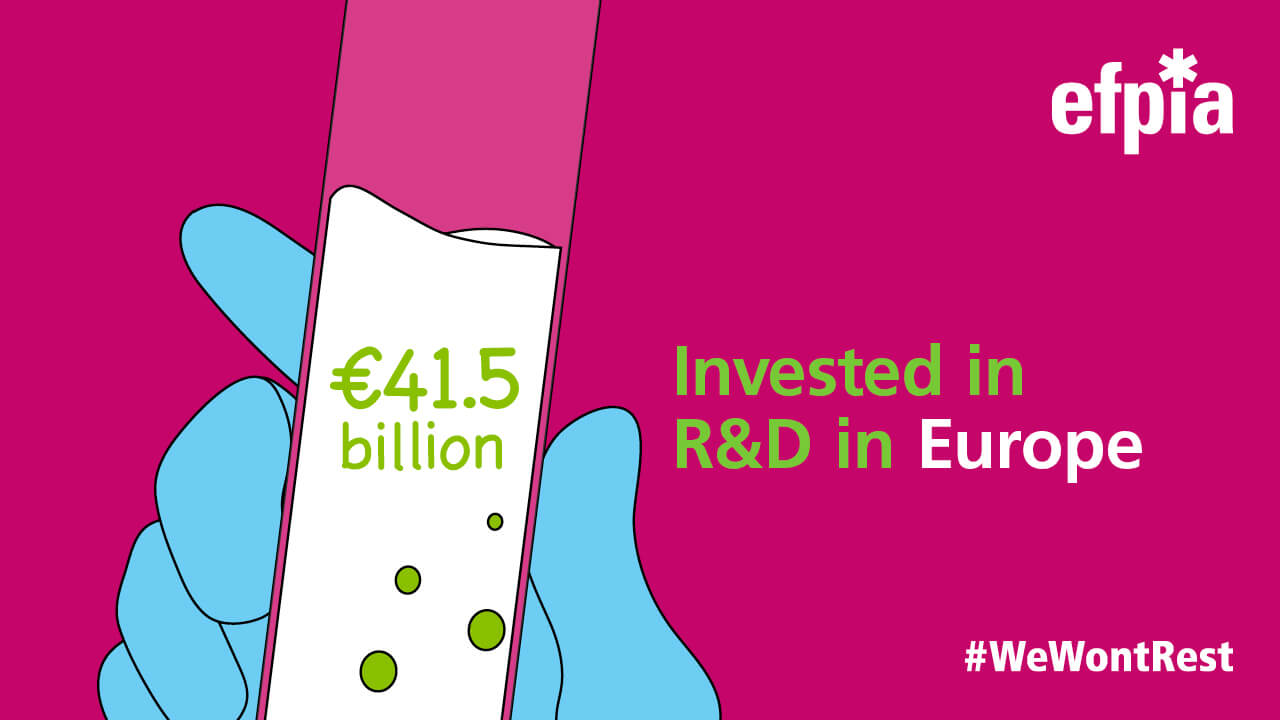Looking to the future
However, the Pharmaceutical Industry in Figures report is a snapshot in time. It tells us where we are today but says nothing about the future. It reflects the standard disclaimer attached to investment products: ‘past performance is no guarantee of future results’. Indeed, looking at the trends since 2000, it may be that the pace of progress in employment, production and exports is beginning to slow in Europe compared to other regions of the world.
The information contained in the 2022 report, together with trend data over recent years and international comparison data can be used to inform the urgent discussions we need to have about Europe’s place in a competitive world and how pharma can contribute both to health and wealth in a key moment for policy development on the continent.
We must take a long-term strategic view of where we are as a region and where we are going. Company leaders and life-science investors, who can invest in any industry in any country or region, need to have confidence in the long-term outlook: in the innovation ecosystem, in access to talent, in the market.
Time to think strategically, together
Despite the clear and positive contribution of the pharmaceutical industry to Europe’s economy, we are facing a number of challenges. Escalating costs and regulatory hurdles are making R&D more difficult, while the impact of fiscal austerity measures introduced across Europe since 2010 continue to affect today’s revenues and influence key decisions on bringing innovation to market. At the same time, we have seen the growth of Brazilian, Chinese and Indian markets outstrip growth in the top 5 European markets. Our global competitors have prioritised life sciences and we must respond with similar ambition.

